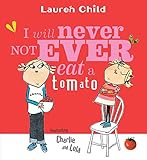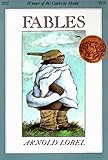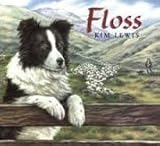
Drawing Conclusions 1st Grade Unit
Lessons
-
As students listen during a read aloud session and read books independently or in reading groups, have them record what they are thinking about the story in a graphic organizer. (See Additional Activity A in Teacher and Student Materials below.)
-
Continue to cover words in a sentence and have students use pictures and textual clues to figure out the missing word.
-
Write a story on chart paper and then cover up part of the story. Have students draw conclusions about the end of the story based on what has happened in the text. This activity can be extended as an additional class or independent activity by recording clues that support the conclusion in a graphic organizer. (See Additional Activity B in Teacher and Student Materials below.)
-
Have a small group of students work together to write several sentences such as: “I took my dog for a walk. He had a leash on. His leash broke.” Then have each group exchange their sentences with another group to draw conclusions about what is happening in the sentences.
-
Cut out pictures from a magazine and have students look at a picture. Ask students to write or share what they think is happening in the picture and how they know.
-
Students can write a letter to a friend describing an object without telling them what the object is. Have students write several clues about the object and then exchange their letters with a partner. Have the partners guess the object based on the clues.
- Fountas and Pinnell
- N
- Lexile
- 540L
- Fountas and Pinnell
- K
- Lexile
- 630L
- Fountas and Pinnell
- M
- Lexile
- 640L













This is an excellent resource for teachers to use. Ideas and text are age appropriate and helps students understand the skill and strategy being taught.